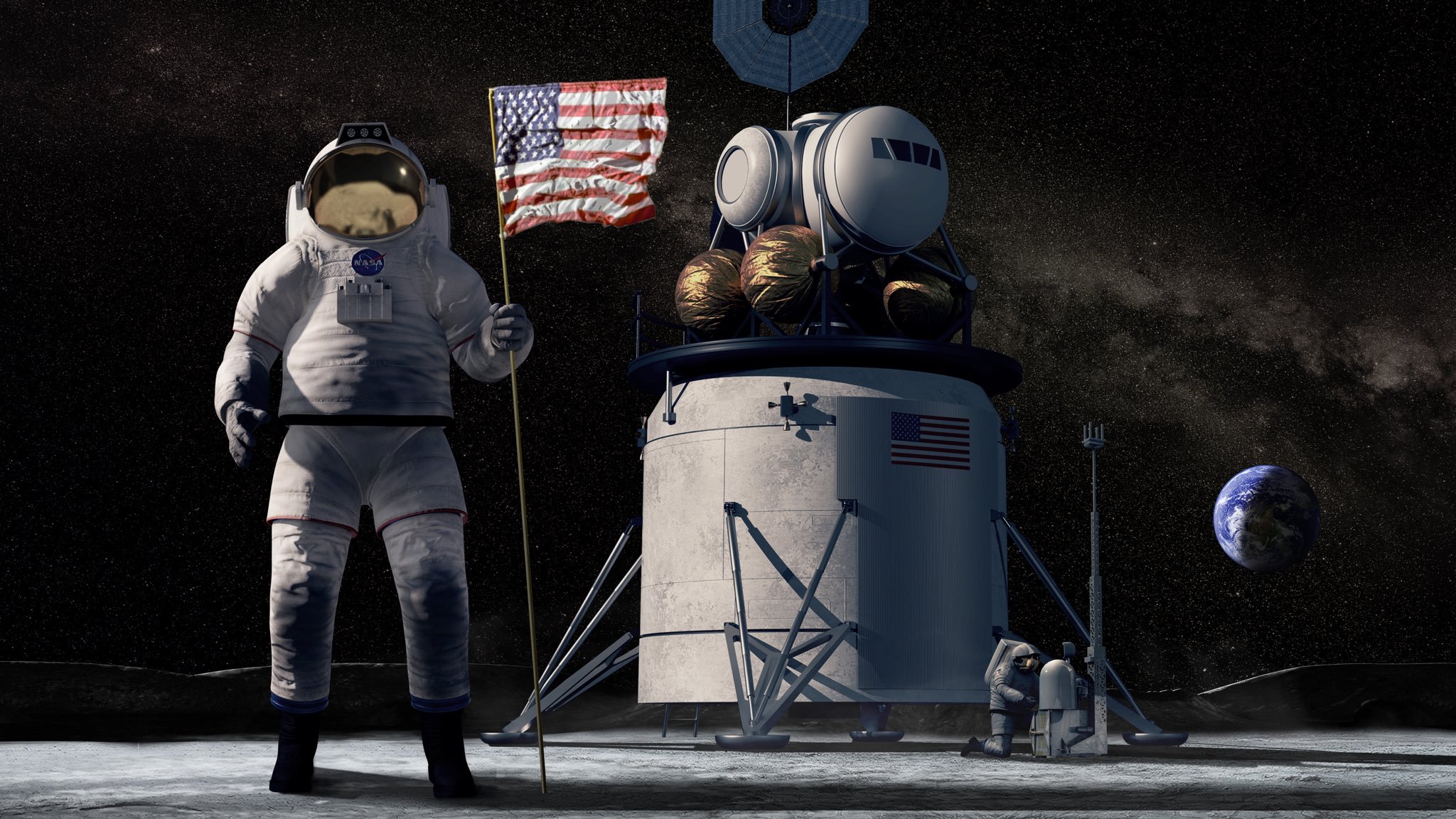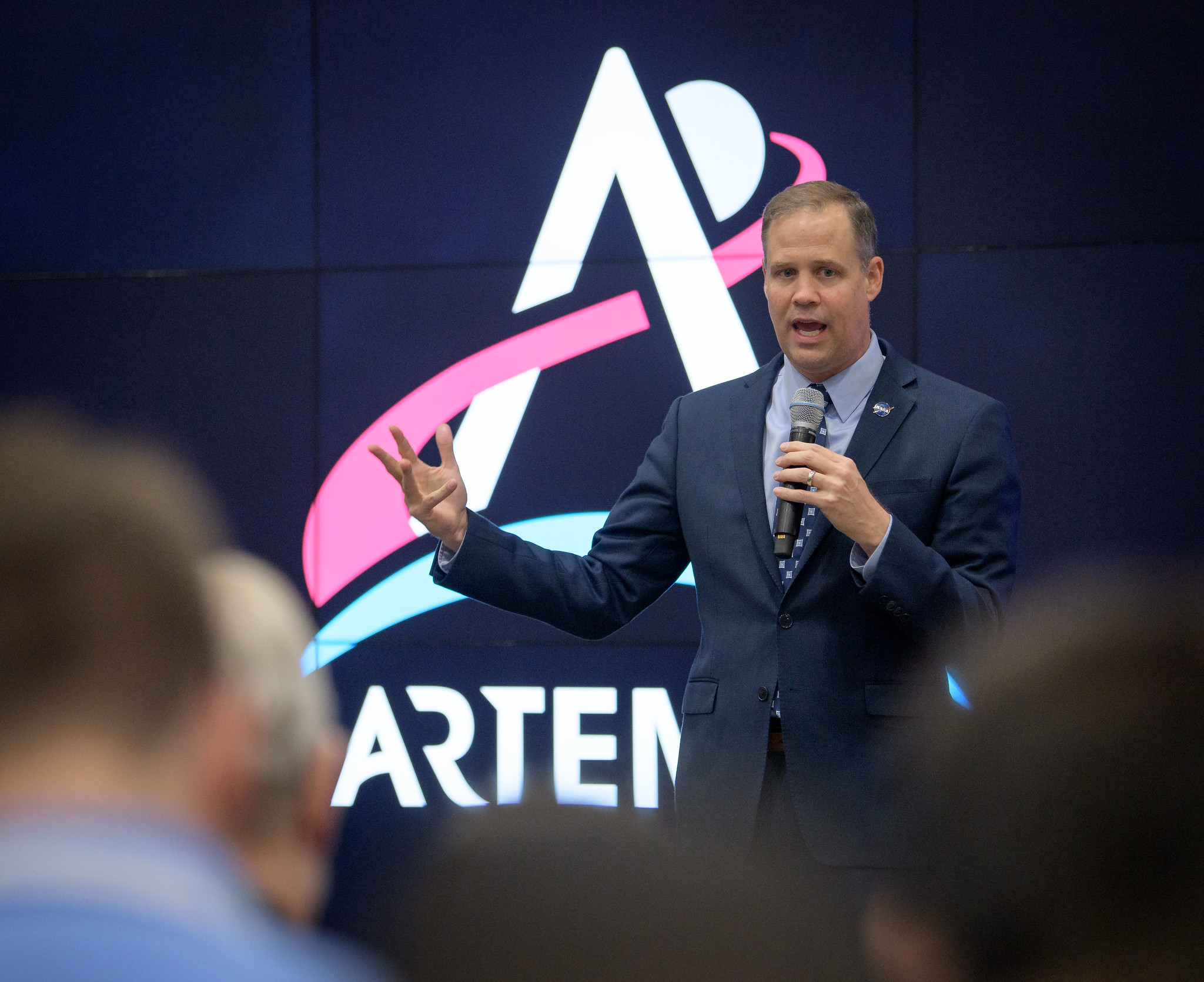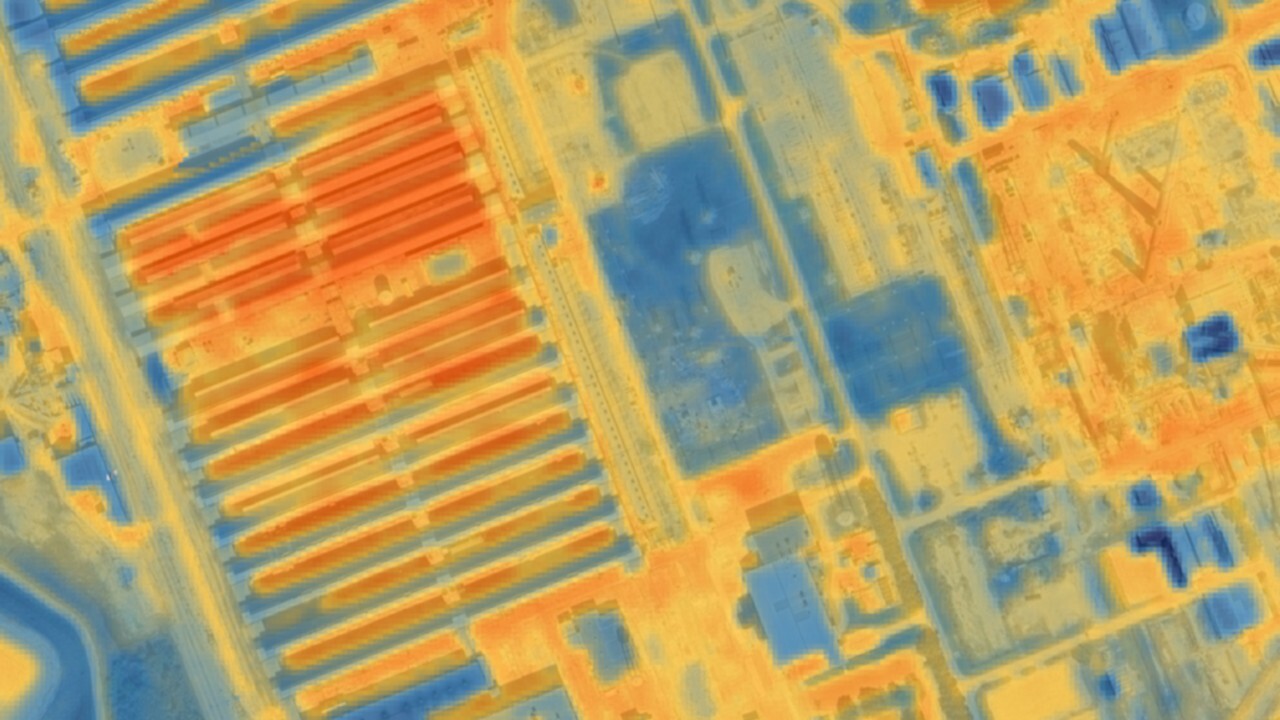The Next Two Astronauts on the Moon Could Both Be Women, NASA Chief Says
The agency also made it clear that Artemis will incorporate international partnerships.

WASHINGTON — The next two astronauts on the moon could both be women.
In a keynote speech at the International Astronautical Congress (IAC), NASA administrator Jim Bridenstine deviated from the policy line about the Artemis moon program — in which he usually says something along the lines of, "We are going to land the first woman and the next man on the moon" — to suggest that the agency's next lunar landing could include multiple women on the moon's surface, depending on who is selected.
"There are great women at NASA right now," Bridenstine said of the astronaut corps, adding that it's very likely that somebody who is already in the group of spaceflyers could be tapped for the Artemis III moon-landing mission. But that crew hasn't been selected yet.
Related: Can NASA Really Put Astronauts on the Moon in 2024?
The administrator made his comments amid several months of discussion involving women in the astronaut corps, mostly surrounding the first all-woman spacewalk. The excrusion was delayed for months (until last week) due to a sizing issue with available spacesuits on the International Space Station. Now, with the historic, all-female spacewalk achieved last Friday (Oct. 18), Bridenstine's comments focused firmly on the future — a moon exploration program that will include not only women but also more international partners than the Apollo moon missions did in the 1960s and 1970s.
Bridenstine emphasized that the first boot prints to be left on the moon with Artemis will be left by Americans. But, he added, international partners will be included in these missions. At a bilateral meeting at IAC earlier this week, he said, he met with 26 nations that are interested in participating; one headliner is the European Space Agency, which will discuss participation in Artemis at its ministerial (senior government-level) Space19+ meeting next month. Canada has already committed to joining NASA's moon missions in February 2020 with plans for a Canadarm3 robotic arm for the Gateway lunar space station.
The administrator further asserted that NASA will need to "go fast" to succeed in its quest to get astronauts on the moon in five years. In previous interviews, however, he has said that the agency is working to meet this goal safely and is not putting undue schedule pressure on its contractors and subcontractors to reach the moon in this time frame.
Breaking space news, the latest updates on rocket launches, skywatching events and more!
A difficult but achievable goal
Bridenstine, who gave the Oct. 25 keynote speech at the IAC's public day, received a question from a member of the audience, who asked why the moon landing needs to be accomplished by 2024 and what will happen if the date is not met.
He answered that the push to move so quickly comes from trying to manage "the risks I worry about" as NASA administrator. These include both technical and political risks. Technical risks can be managed among NASA, its international partners and its contractors, Bridenstine said. He then continued to explain the political risk with a short history lesson. Initially, NASA sent a 2019 budget request that suggested that the agency could land humans on the moon in the year 2028: That 10-year program was based on NASA's budget increasing only with inflation. But, in speaking with Trump administration representatives and looking back at history, Bridenstine said he came to a realization.
In 1989, around the 20th anniversary of the Apollo 11 moon landing, President George H.W. Bush proposed the Space Exploration Initiative (SEI), which aimed to bring humans back to the moon. But NASA's plan to do so was too expensive and time consuming, so SEI was subsequently canceled, Bridenstine said. In 2004, a similar fate befell President George W. Bush's Vision for Space Exploration, which proposed human missions to both the moon and Mars.
If we wait
If NASA waits about 10 years for Artemis, Bridenstine said, funding from the Congressional appropriations committee may not be as readily available, as political priorities change. Bridenstine didn't mention this in his speech, but 2024 also happens to be the last year Donald Trump will be President, if he is not impeached in his current term or elected for a second term in 2020. (An impeachment investigation into Trump is ongoing, but in a press conference Thursday — Oct. 24 — Bridenstine said he isn't worried about it for the time being.)
"If we go in 10 years, we increase the political risk," Bridenstine said in the keynote. "What is our goal?" he added. "Our goal is to get to the moon sustainably, with international partners ... and in order to do that, we need to go fast."
NASA's solution to make Artemis possible was to abandon the first budget request, "which is not a normal process," Bridenstine joked. "But we went back and we amended the budget request to ask for an additional $1.6 billion — namely, to get a human landing system to the surface of the moon from Gateway."
He admitted that the 2024 target is ambitious. "If we do that, everything still has to go well." But he added that a longer program, although easier to achieve, would be more subject to political risk.
NASA's first Artemis mission is scheduled for 2020. The agency aims to use NASA's Space Launch System rocket for the first time to launch an uncrewed Orion spacecraft on a loop around the moon and back to Earth. Artemis II is scheduled to begin shortly afterward, carrying the mission's first humans, and the moon-landing mission (Artemis III) is set to launch in 2024.
- Astronauts on the Moon in 2024? US Can't Do It Alone, NASA Chief Says
- In New Moon Race, NASA Values Teamwork Over Competition with China
- How SpaceX's Starship Will Help Establish a Mars Base
Follow Elizabeth Howell on Twitter @howellspace. Follow us on Twitter @Spacedotcom and on Facebook.

Elizabeth Howell (she/her), Ph.D., was a staff writer in the spaceflight channel between 2022 and 2024 specializing in Canadian space news. She was contributing writer for Space.com for 10 years from 2012 to 2024. Elizabeth's reporting includes multiple exclusives with the White House, leading world coverage about a lost-and-found space tomato on the International Space Station, witnessing five human spaceflight launches on two continents, flying parabolic, working inside a spacesuit, and participating in a simulated Mars mission. Her latest book, "Why Am I Taller?" (ECW Press, 2022) is co-written with astronaut Dave Williams.

